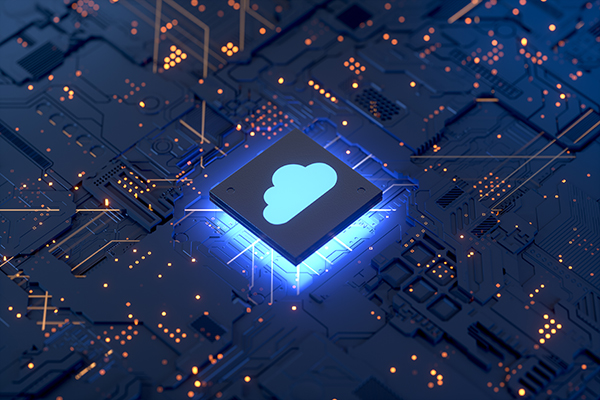In the digital age, cloud computing has become a fundamental technology that powers numerous online services and businesses.
But what exactly is cloud computing and how does it impact our daily lives? Let’s dive into this transformative platform and understand how it works, types and applications.
How does the cloud work?
At its core, cloud computing involves delivering computing services, such as storage, databases, networking, software, and more, over the internet (‘the cloud’). Instead of hosting these resources locally on physical servers or devices, cloud computing allows these services to be accessed remotely over the Internet. This model offers scalability, flexibility and cost efficiency, allowing organizations and individuals to use resources as needed without owning or managing a physical infrastructure.
What are the 3 types of cloud?
Cloud computing comes in several forms. The three primary types are Infrastructure as a Service (IaaS), Platform as a Service (PaaS) and Software as a Service (SaaS). IaaS provides computing resources virtually over the Internet, while PaaS provides a platform and environment for building, deploying and managing applications. SaaS, on the other hand, delivers software applications over the Internet, eliminating the need for local installation.
What are cloud applications?
Cloud computing has broad applications in a variety of industries. Companies use the cloud to host websites, store and manage data, run applications and optimize operations. In addition, developers leverage cloud platforms to seamlessly build and deploy applications. The cloud also facilitates collaboration and remote work by providing access to shared resources from anywhere with an Internet connection.
Platform and console: essential components
In cloud computing, a platform serves as the foundation for developing and deploying applications. It provides tools, libraries and runtime environments to simplify development processes. On the other hand, a console refers to the user interface through which they interact with and manage cloud services. This interface allows users to provision resources, monitor performance and configure settings within the cloud environment.

In short, cloud computing revolutionizes how we consume and manage IT resources. By leveraging the scalability and accessibility of the cloud, organizations and individuals can innovate faster, reduce costs and improve efficiency in today’s digital landscape. The impact of the cloud continues to expand across diverse industries, shaping the future of technology and business operations.
Continue your professional education
As technology continues to advance at a rapid pace, it becomes increasingly important for organizations to have a strong foundation in strategic digital technologies. In today’s digital age, businesses rely heavily on effectively leveraging these technologies to gain a competitive advantage. This is where the Master’s program in Strategic Management with a specialty in Information Technology offered by the Universidad Internacional Iberoamericana (UNIB) comes into play. This program provides students with the knowledge and skills necessary to leverage technology to optimize business operations, transform industries and foster innovation.
Don’t miss this opportunity to enhance your career prospects, gain a competitive advantage and shape the future of the digital age. Take the next step in your educational journey and join us for this exciting program to prepare you for success in the ever-evolving field of technology management.
Sources: ¿Cuáles son los diferentes tipos de modelos de computación en la nube?

